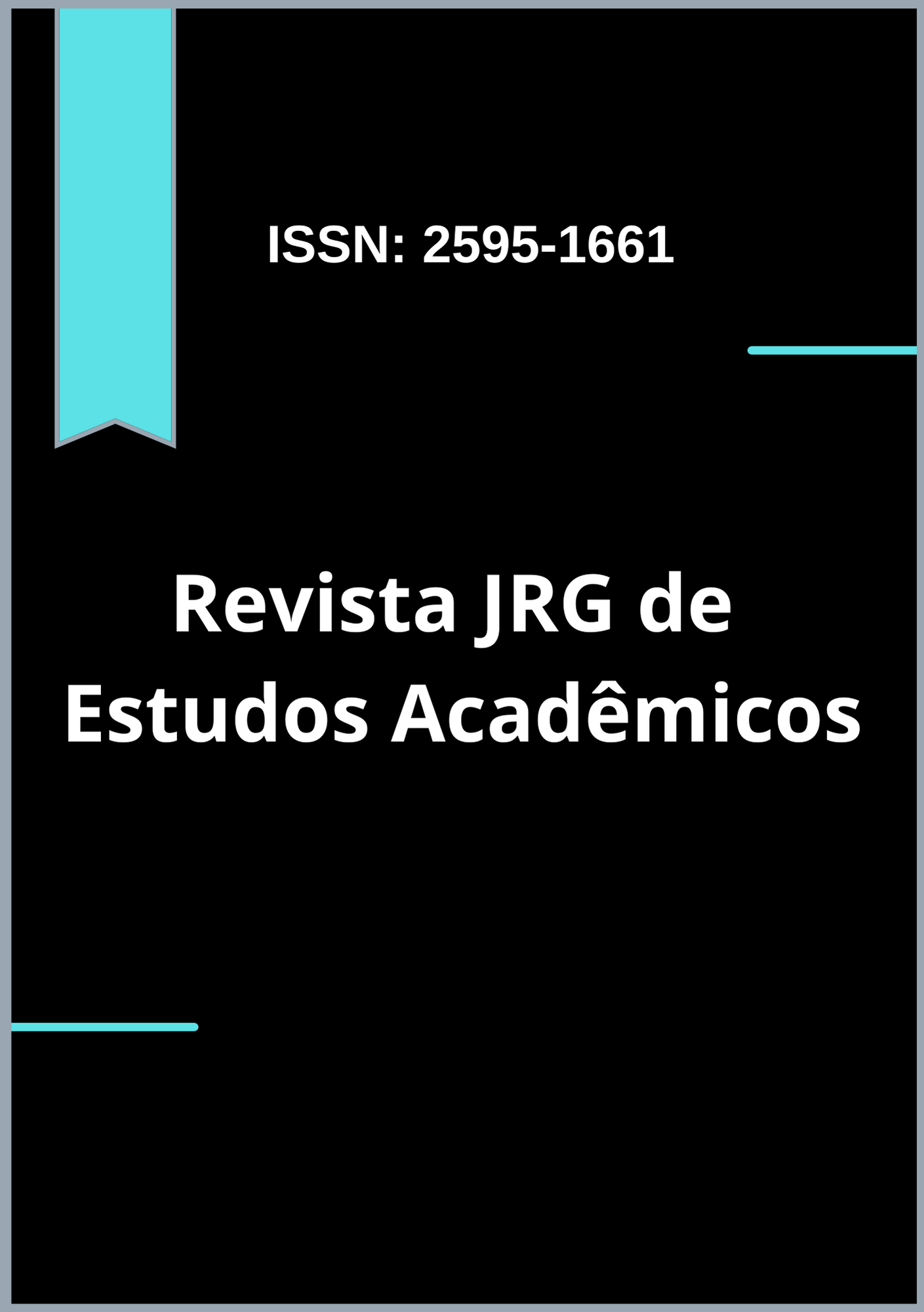Using drones to Identify potential breeding sites of the Aedes aegypti mosquito in the university neighborhood, Areia-PB
DOI:
https://doi.org/10.55892/jrg.v8i19.2587Keywords:
Environmental monitoring, Vector control, Geoprocessing Remote sensingAbstract
Arboviruses, such as Dengue, Zika, and Chikungunya, represent a serious and ongoing public health challenge, with the control of their main vector, the Aedes aegypti mosquito, being a complex task. Conventional surveillance strategies face severe operational limitations, especially in inspecting hard-to-reach areas like rooftops, slabs, and the backyards of closed properties, which become "blind spots" and potential unmonitored breeding sites. Given this scenario, the present study proposes and validates an innovative methodology based on geotechnologies to enhance vector control in the municipality of Areia, Paraíba. Using an Unmanned Aerial Vehicle (UAV) equipped with a high-resolution camera, a detailed aerial mapping of the study area was conducted. The collected images were processed to generate a georeferenced orthomosaic, which served as a basis for the visual identification of potential breeding sites within a Geographic Information System (GIS) environment. The analysis allowed for the precise location of epidemiologically relevant risk targets, such as uncovered water tanks, untreated swimming pools, and an exposed cesspool. The results confirm that the approach is highly effective in overcoming the physical barriers of ground-based surveillance, enabling a transition from a reactive model to one of precision surveillance. This methodology not only optimizes the allocation of resources and the deployment of health teams but also generates cartographic products that can be used in community engagement campaigns, establishing a strategic, low-cost, and replicable model to modernize the fight against the mosquito.
Downloads
References
ARAGÃO, F. V.; ZOLA, F. C.; MARINHO, L. H. N.; CHIROLI, D. M. G.; BRAGHINI JUNIOR, A.; COLMENERO, J. C. Choice of unmanned aerial vehicles for identification of mosquito breeding sites. Geospatial Health, v. 15, n. 1, 2020. DOI: 10.4081/gh.2020.810.
ARAÚJO, J. G. M.; PICANÇO, A. P.; NAZARENO, J. C. Utilização de veículo aéreo não tripulado (VANT) para o monitoramento ambiental de focos do mosquito Aedes aegypti no município de Palmas–TO. Revista Gestão & Sustentabilidade Ambiental, v. 7, n. 4, p. 632–649, 2018. DOI: 10.19177/rgsa. v7e42018632-649.
BRAVO, D. T. Identificação automática de possíveis criadouros do mosquito Aedes aegypti a partir de imagens aéreas adquiridas por VANTs. 2019. 150 f. Tese (Doutorado em Informática) Universidade Nove de Julho (UNINOVE), São Paulo, 2019. Disponível em: https://bibliotecatede.uninove.br/bitstream/tede/2570/2/Daniel%20Trevisan%20Bravo.pdf
KNOBLAUCH, J.; PETSCHARNIGG, S.; HAYET, I.; et al. High-resolution mapping of urban Aedes aegypti immature abundance through breeding site detection based on satellite and street view imagery. Scientific Reports, v. 14, 2024. DOI: 10.1038/s41598-024-67914-w.
LARANJEIRA, C.; PEREIRA, M.; OLIVEIRA, R.; et al. Automatic mapping of high-risk urban areas for Aedes aegypti infestation based on building facade image analysis. PLOS Neglected Tropical Diseases, v. 18, n. 6, e0011811, 2024. DOI: 10.1371/journal.pntd.0011811.
LIMA, Y.; PINHEIRO, W.; BARBOSA, C. E.; MAGALHÃES, M.; CHAVES, M.; SOUZA, J. M.; RODRIGUES, S.; XEXÉO, G. Development of an Index for the Inspection of Aedes aegypti Breeding Sites in Brazil: Multi-criteria Analysis. JMIR Public Health and Surveillance, v. 7, n. 5, e19502, 2021. DOI: 10.2196/19502.
PEREIRA, M. A.; SILVA, N. M.; BARBOSA, D. S.; PESSI, D. D.; SOUZA, A. P.; PARANHOS FILHO, A. C. Identificação de sítios de reprodução de Aedes aegypti com aeronave remotamente pilotada (ARP). Nativa, v. 9, n. 4, p. 344–351, 2021. DOI: 10.31413/nativa. v9i4.12094.
ROSSER, J. I.; TARPENNING, M. S.; BRAMANTE, J. T.; et al. Development of a trash classification system to map potential Aedes aegypti breeding grounds using unmanned aerial vehicle imaging. Environmental Science and Pollution Research, v. 31, p. 41107–41117, 2024. DOI: 10.1007/s11356-024-33801-0.
VALDEZ-DELGADO, K. M.; GIRONDA, M.; MARTÍNEZ-CARRILLO, D.; et al. Using UAV images and deep learning in investigating Aedes aegypti breeding sites in household environments. Drones, v. 5, n. 4, 2021. DOI: 10.3390/drones5040125.











































